The birth of China's first "International Slow City" has become the best model for beautiful countryside!
The Czech writer Milan Kundera once asked in his novel "Slow" how slow fun was lost.Where did the rest of the people go in the past?Where are the heroes in the folk songs and the homeless people in the open air?Did they disappear along with country lanes, grasslands, vacant land and nature?
In today's fast-paced work and life, we can't help but issue the same questions.It was not until I arrived at Sungai International Slow City that I discovered that life could really slow down.

If you go to Caoxi in the spring when the grass grows, your head turns toward the outside of the car. The eyes are full of vigor and vitality. You can see the flowers blooming all over the country. The flowers on both sides of the road are full of flowers of different colors. A flower road is a delight.
Along the Huali Road, or in the lush bamboo gardens of date trees, or tea gardens, or fruit trees that spit buds, or fish ponds that rippling in the blue waters, the white-washed houses on the high and low hills appear in the warm sun. Extra quiet.
Under the sunlight, the Jiangnan houses that fall in the wrong place, and the walls of the country are dotted with greenery, and lie quietly in the mountains.There are waterbirds in the elegant reeds on the roadside blue waves. The ponds are full of water and grass and are full of vitality.
Pedestrians paraded “Paradise” in a picturesque way. In an instant, the world’s turbulent waters were wiped out.
What is Slow City?
Lazy Italians invented the “slow food” and soon they discovered that merely stopping the taste buds was not enough. To slow down the whole life and cover the small town under their feet into the “snail shell” was perfect.
So at a slow-food party in 1999, the mayors of several small towns in Chiavenna, Bula, and Positano, Italy, sat together and reached a definition of “slow city,” the Italian-made Slow City Alliance ( Citta Slow) was born.
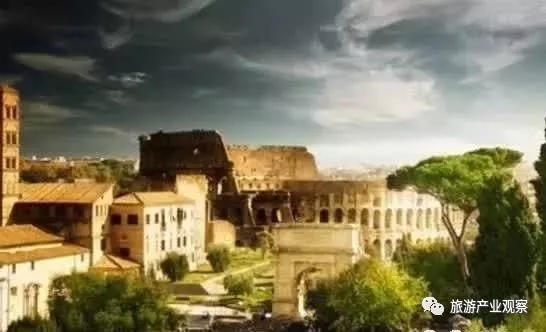
Of course, the Slow City Alliance is not a "lazy club." It is not an easy task to join the Slow City Alliance.According to the regulations of the Alliance, Slow City must meet 54 specific regulations in terms of urban population, environmental policies, urban development planning, food production, and even adolescent education in order to be accepted.
For example, the population must not exceed 50,000, pollution reduction, development and use of environmental technologies, the use of genetically modified seeds, crops and foods must not be used, customs and culture must be maintained, and the cultural awareness advocated by the “Slow City” movement should be popularized among the people.
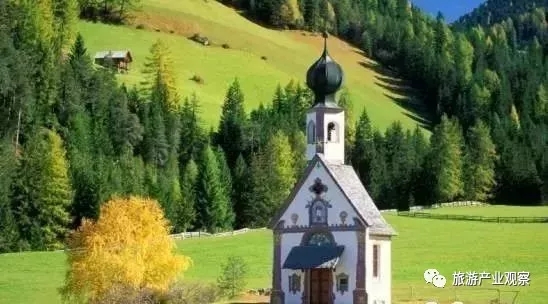
In the final analysis, the core of Slow City is to promote pure life, protect local characteristics, and say “no” to the homogenization and standardization that comes with globalization.
This "faster to slower" model of elite life quickly swept the world. The number of members of the Slow City Alliance in Europe has reached more than 60, with the largest being in Italy, the birthplace, and 42 cities becoming members of the alliance.Many cities in Germany, Spain, Portugal, Austria, Poland, Norway and the United Kingdom have also been accepted.There are more than 300 cities around the world and applicants from Asia, Japan and Korea.
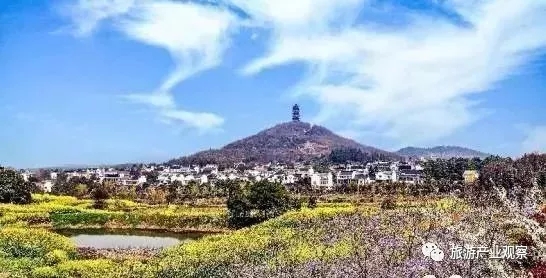
In November 2010, a small town in southern China became the first “slow city” in developing countries. This once-obscure “Suixi” attracted attention from all over the world.
The so-called “International Slow City” is not a city. It is actually a unique area that spans six small villages in the town of Suixi in Gaochun County and has a population of about 20,000.
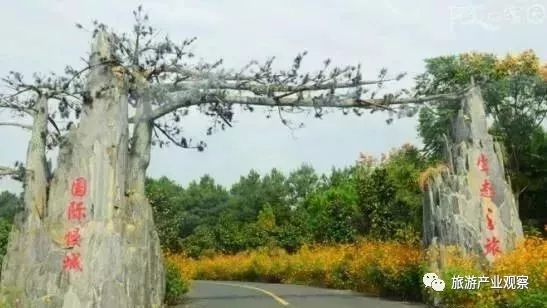
There are no chain supermarkets, there are no fast lanes and shopping malls, and there are only a few ultra-small shops selling some daily necessities.The entire region is 48 kilometers long and occupies an area of 49 square kilometers. Before being awarded the title of "International Slow City," this is the "ecological tour" of the main town of Suixi Town.
There are fish ponds and orchards in the slow city. It is self-sufficient throughout the year and has the most natural ecology. There are also cultural sites and intangible cultural heritage. Living here, you can reach the state of the most integrated with nature, without the rhythm and tension of the city. It is highly relaxed and returns to nature.The villagers lived rich and cultivated chronic children.
Ecological Road Makes Former Treasure Mountain Treasures
Yaoshao, Qiaoli, and Lanxi... These are several administrative villages under the jurisdiction of Gaochun Township in Nanjing. These villages, which have a history of thousands of years, are in the mountains. In the past, due to their remote location and inconvenient traffic, they have been obscured.
Today, the longest 48-kilometer ecotourism landscape belt in Jiangsu Province is like a string of necklaces connecting together six administrative villages in the area and Huimin more than 20,000 people.
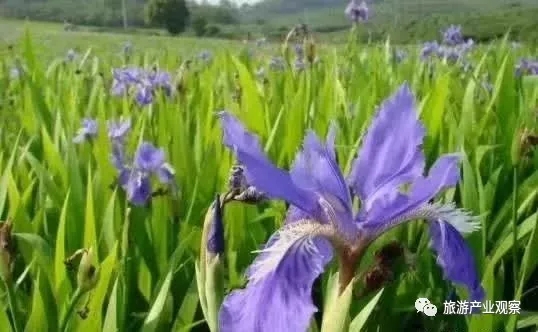
The mountain people did not expect that “green mountains and green hills” could also become “Jinshan Yinshan Mountain”. The villagers who had been difficult to get out of the mountains many years ago were turned into bulging bosses, and young people who were not willing to return went back home and developed. Visitors who come from different directions are even more eager to catch up on the road.This is an ecological road that brings about changes in people’s lifestyle.
In 2006, Suixi moved its last chemical plant out of the village. From that year onwards, it set up a nationwide agricultural tourism demonstration site. In the second year, it began to lay ecological roads. The government has advanced strongly in road construction, environmental management, comprehensive renovation, and infrastructure construction. Encouraging villagers to develop subsidies for rural tourism has invested nearly 800 million yuan.
The Suixi Ecological Tour has been recognized by the International Slow City Organization. It originated from the beautiful natural scenery in the area. There is no industrial enterprise, and what is more important is the high degree of integration between man and nature here.
From the beginning of the planning, they are based on green mountains and waters, emphasizing maintaining the original ecological mechanism.This ecological road involving 50 square kilometers naturally fluctuates, fully respects the aborigines, and does not relocate one villager.
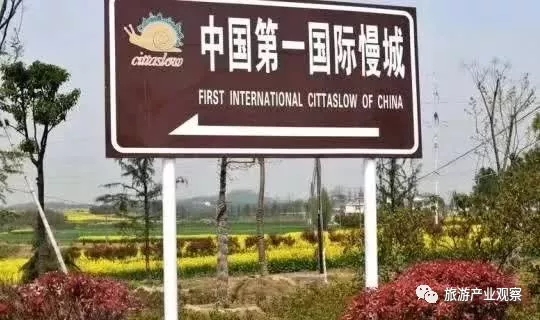
Roadside railings also use internal steel bars to simulate ecological wood structures. Although this has caused a lot of design inconvenience and increased funding, this is the Suixi River, the original Benxi River.
The ecological road has turned the past barren mountains into a treasure house and has also shown people a colorful road to becoming rich.Wang Zhenhe, director of the Nanjing Tourism and Parks Bureau, once counted an account: For every additional employment in rural tourism, five jobs will be added to the entire industry chain.A rural tourist site that receives 100,000 person-times in one year can realize an operating income of 10 million yuan, which will drive more than 1,000 farmer households to increase income.
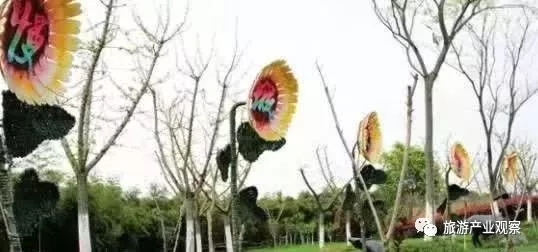
Although there is no industrial enterprise here, it has the purest economy.In the past two years, Suixi Town adhered to the concept of simultaneous promotion of the development of the slow city and ecological protection, the simultaneous promotion of economic growth and enriching the people, the simultaneous development of urban agriculture and beautiful countryside, and vigorously developed tourism agriculture, eco-agriculture, and high-efficiency agriculture to create tourist attractions. , leisure and entertainment, dining and vacation as one of the leisurely and livable city, harmonious and healthy city.
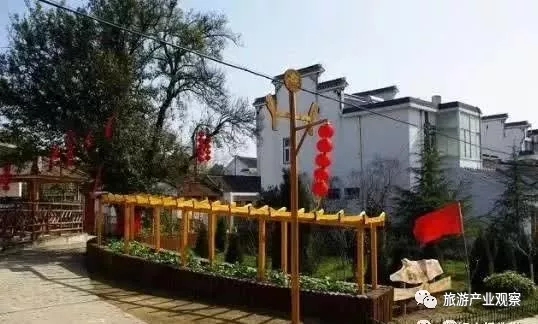
"Modernity is not modern. The key is ecology.In many areas where attention has been paid to the ecological environment, and even to spend money on the pollution brought about by traditional industries, Gaochun has embarked on the road to ecological modernization and enjoys the economic benefits brought about by the ecology.
Slow food in slow town
The so-called slow food respects the original ecological cultivation concept of native cultivation and local cooking.The understanding of Slow Food by the owner of the local homestay Samsung Zhuyuan is: “The village committee asked us to provide guests with raw materials of various ecology. Here, all ingredients are vegetables, and the fields are organic. Fertilizers instead of chemical fertilizers, chickens are home-grown, run through mountains, pigs and sheep are all domesticated, and oil is also rapeseed oil pressed by farmers themselves.
The outsourcing of foodstuffs not owned by oneself must be taken from the area of the Slow City 'ecological tour'. It is strictly forbidden to bring back the vegetables and vegetables from outside the village. This will not only ensure that the dishes are fresh and healthy, but more importantly, they are afraid of unsanitary reputation.
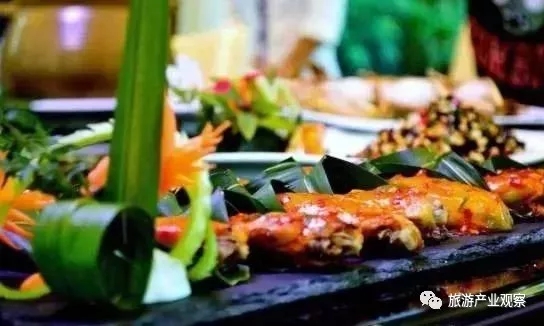
Followed by slow cooking methods, that is, more refined, all must be hand-cooked, the choice of materials can not be used canned foods containing pigment preservative additives and vacuum packaged food, can not use genetically modified foods, an average of 20 dishes each have to wait Minutes or so.Finally, let's slow down and eat slowly and enjoy each meal with meditation.”
Ruan Guoliang’s words opened a window to the hearts of the slow city tourists: Our life could have been like this.
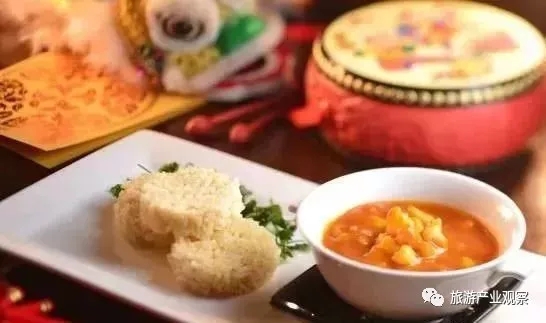
In the pudgy autumn rain from the evening, from the notice to the boss ordering the meal to the owner call for dinner, and waited until 7:30 in the evening for more than 3 hours.
Into the private room, more than 20 kinds of local organic ingredients made of delicious in clean and elegant tableware, dishes, although not as beautiful as the city's big hotel decorated with incomparable, can be rough fried and distributed after the release of a mouth-watering strong dish flavor It quickly filled in the air, but it was very satisfying to dig into the deep sniffing. How couldn't stand to wipe out the road once and for all.
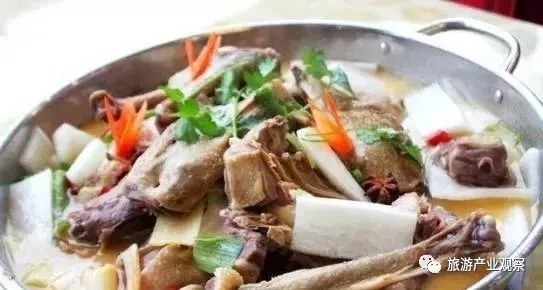
Salty goose and ducks, salted duck eggs dried, although not the season season, but in the owner's careful production of preservation, Xian Xian for appetizer Sheng Jin.Braised mutton and earthen chicken pots boil in the savory sauce, and the long-lost original quality has teased the taste buds on the tip of each diners to the limit.Just after eating, you will find that delicious and delicious food has spread rapidly and permeating into every taste bud.
Create a model for a slow city
Olivitri, Chairman of the World Slow City Alliance, said when he presented the clay sculpture of “The Slow City of the World”, “In China, the Gaochun is just a starting point, and the 'Slow City' is ultimately to be spread all over the earth.”
Suixi is undoubtedly a “model city”. Any place that wants to become the second, the third, and the N-th slow city in China will be identified and recommended here... The purpose of the “slow city alliance” is to use Develop a new "slow city" to infiltrate the concept of "slow music" to all people.

In addition to dedication to pure natural scenery, Suixi is considering moving closer to the “slow food” at the source of the slow-movement city. He plans to combine the farmer’s “farmhouse music” and create a “slow food community” for all people who come to Suixi Creek. You can visit the "slow food" and feel the joy of taste.
In addition to planting fruits and promoting farmhouse music, ecological tea and herbs are also one of the main economic pillars of Suixi, which is undoubtedly more suitable for the ecological “slow city” concept.
Long-time customers who love to drink tea, come here every spring to 5,000 yuan a pound, and take away the ecological green tea.Because tea is grown here, there is no pollution because of the use of chemical fertilizers and pesticides.
In Dashan Village under the jurisdiction of “Slow City”, there was a drought. The people took a new well in order to fight against drought and fetch water. Wells poured water out of the clear water. After testing, the purity of the water reached 9.89, which was basically close to it. Medical water is pure.
However, the residents here all know that the review criteria of “Slow City” are quite strict and it is definitely not a “one-time-for-all” honor. Although it has been rated as “International Slow City”, people will come to check at regular intervals, once and “the world is slow. The city's standard deviation, the title here also goes.
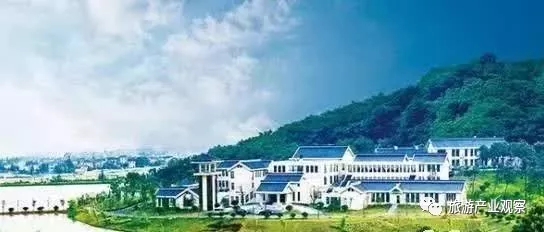
Therefore, the behavior of Slow City residents pays more attention to the methods and methods. They buy the car squads and also give the cars to the daughters working in the city. If necessary, they let the son-in-law drive to the county to pick her up while she rides. Change the bicycle to the 3rd bus to merge with the son-in-law.She said "This is actually more convenient, as long as I'm comfortable with it.Even if the car is at his feet, that kind of life doesn't make sense.”
The "slow" of Sui Stream has brought economic inspiration to other similar cities in China.
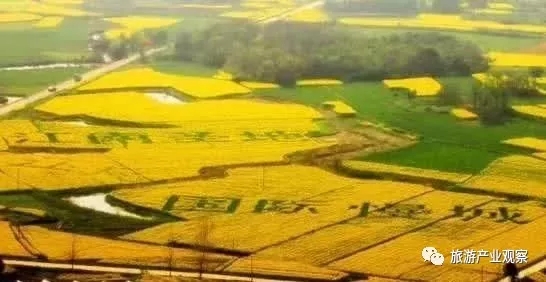
Taizhou, which belongs to Jiangsu Province, also wrote an article on the word “slow,” and slowly packaged the unique features of the town into the “slow life of Shuicheng”.In the old streets that are most suitable for strolling around, set up a table and ask the good team to organize a “better than slow” “Lake Crab Convention”.Each of the 100 girls had a hairy crab for 20 minutes each to see who was well-deserved and elegant.
The so-called elegance means on the one hand that crab-eaters must be dignified, and on the other hand, that the plates eaten are not messy, and even that they still have to return a complete crab.
Over the years we have been advocating rapid development, and even some cities have proposed leaps and bounds.As a result, various ecological problems, environmental problems, and social problems arose and emerged in an endless stream.The birth of China's first international slow city has marveled the world, made the people in the forefront admiring, and let the other most industrialized cities reflect.Our urban development should be slower.